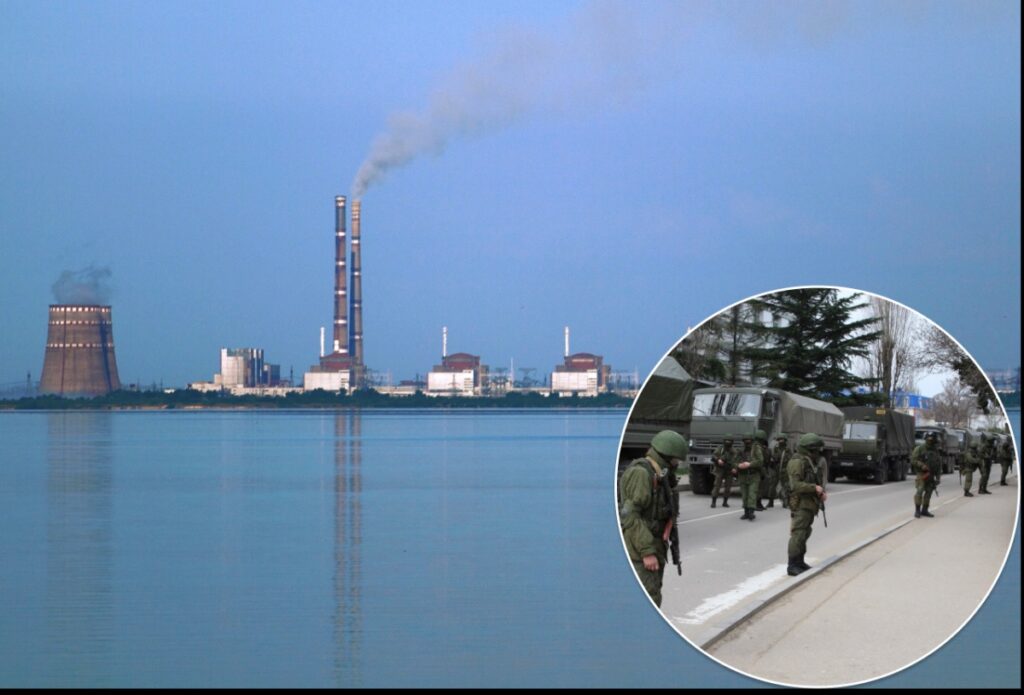
Zaporizhzhia nuclear power plant has become a point of contention for international observers due to the ongoing war between Russia and Ukraine. The plant is currently occupied by Russia, raising concerns about its safety. Both Russia and Ukraine have been trading accusations over attempts to sabotage the plant.
In June 2023, the Kakhovka Dam was blown, depriving the Zaporizhzhia plant of cooling water. This incident further heightened concerns about the safety of the nuclear power plant. The perceived risk of the Zaporizhzhia nuclear power plant turning into a real Chornobyl disaster cannot be ruled out. There is a possibility that Ukraine might resort to using arms on the reactor, which could result in the release of radioactive materials. Such an event would have far-reaching consequences, affecting not only Ukraine and Southern Russia but also Europe and potentially even beyond.
The impact of such a disaster would be widespread, as it could potentially contaminate food supplies across the world. The release of radioactive materials into the environment would pose significant health and environmental risks, requiring immediate and coordinated international efforts to mitigate the effects and protect affected populations. It is crucial for the international community to closely monitor the situation, support efforts to de-escalate the conflict, and ensure the safety and stability of the Zaporizhzhia nuclear power plant to prevent a catastrophic event with far-reaching consequences.
Charges against Russia
Both sides have asserted that a significant event will occur at the Zaporizhzhia Nuclear Power Plant. Vladimir Zelensky, the president of Ukraine, claims that Russians would mine the cooling reactor. And as of today, he claimed that Russians had planted explosives on the power plant’s roof. While the Russians claim that the Ukrainian side will harm the power station using suicide drones. On the other hand, the IAEA, which is led by Grossi, has stated that everything is good and the power plant is operating normally.
The Ukraine factor
If we try to understand it and look back almost a month, we discover that the Novava Khakhova dam was blown. Knowing that the dam was in Kherson oblast (under Russian authority), the dam was significant to Russians since it was used to cool the reactors of a nuclear power station.
Since the dam blew up, the Russian side must now rely on alternate energy sources (which indicates that Ukraine does intend to destroy the power plant and that the breaking of the Novava Khakhova dam was a first step in that direction). Additionally, by examining President Zelensky’s assertions and ongoing discussions with Western partners about the safety of power plants, it is apparent that he intends to use this as an excuse to damage nuclear power plants and turn the situation against Russia (much like they did with the Novava Khakhova dam).
We should also keep in mind that Ukraine has claimed since the conflict began that Russia is shelling the power plant (a claim that appears unfounded given that Russia controls the facility and that Russian troops and technicians are stationed there). In addition, the damage to the power plant will have an effect nearby, affecting countries like Belarus (a Russian ally), and as a result.
Ukraine hoped to win over its allies in order to hasten the process of joining NATO, or if that didn’t happen, to increase its reliance on the West to bail it out. The counter-offensive was planned to accomplish this, but they were unsuccessful. A few days ago, Ukraine stated that “the aim of the Counteroffensive is not to gain territories”, indicating that their plan did not work as intended.
In order to have a justification for the approaching NATO meeting, Zaporizhzhia Nuclear Power Plant has taken the place of the Counteroffensive. We also understand that the Zaporizhzhia Nuclear Power Plant issue came up out of nowhere though it doesn’t mean it wasn’t discussed. It was, but it was on the back burner in 2023 when Ukraine’s Counteroffensive failed.
Additionally, this topic gains interest because a United States Senate committee resolution stated that damage caused by Russia could trigger NATO Article 5 invocation. This gives Ukraine hope and they may believe that they finally have a tool to make changes within NATO.
(The author is a post-graduate student in International Relations at Kalinga University, Raipur. The opinions expressed are the author’s own)
Aayush Pal is a freelance writer on contemporary geopolitical developments. The views expressed in his work are entirely his own.
